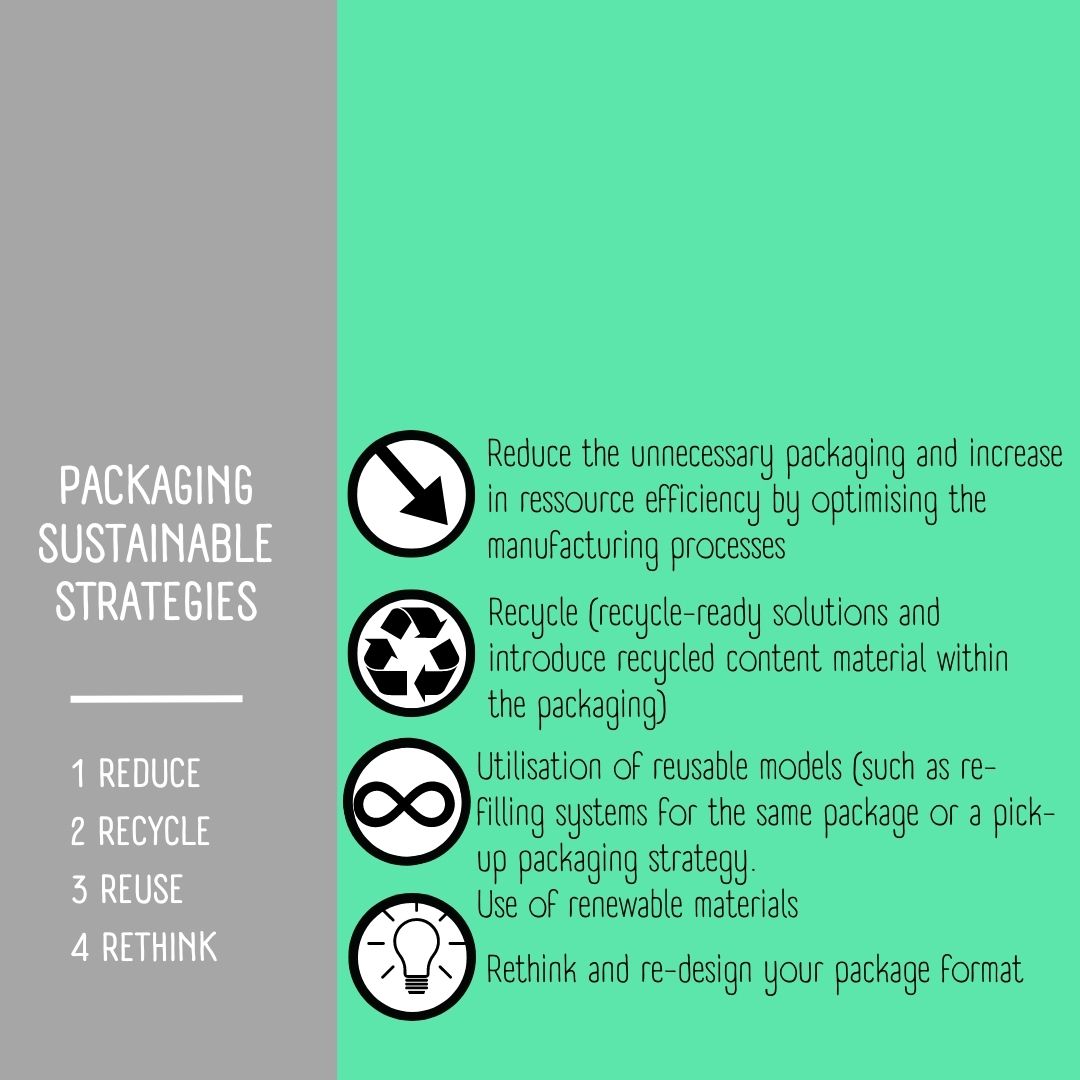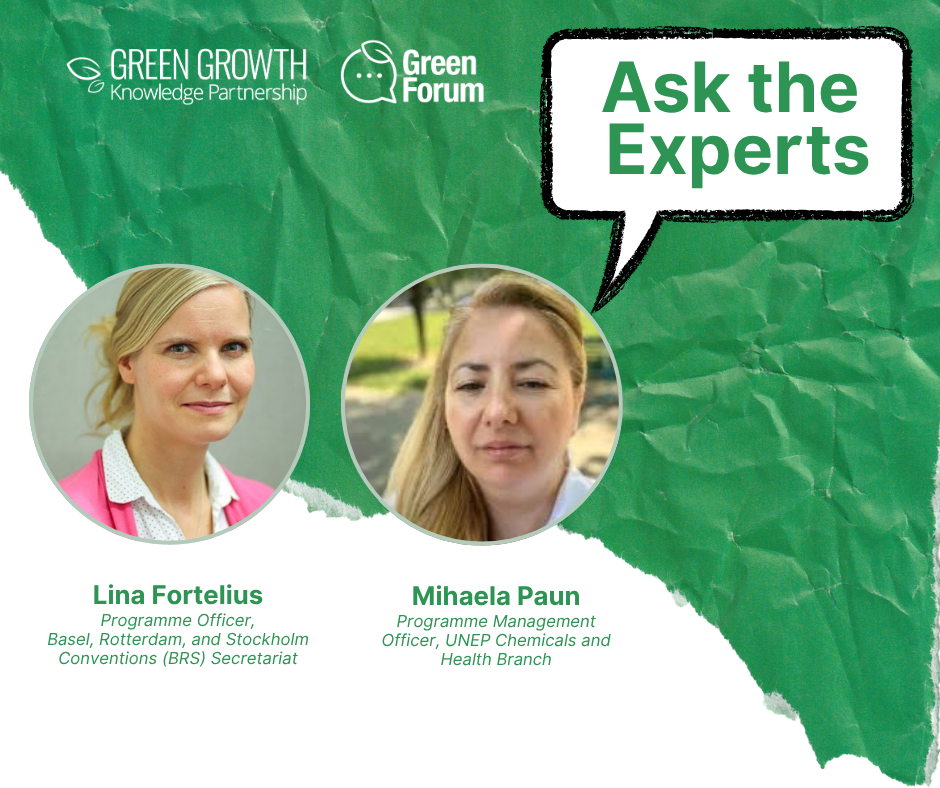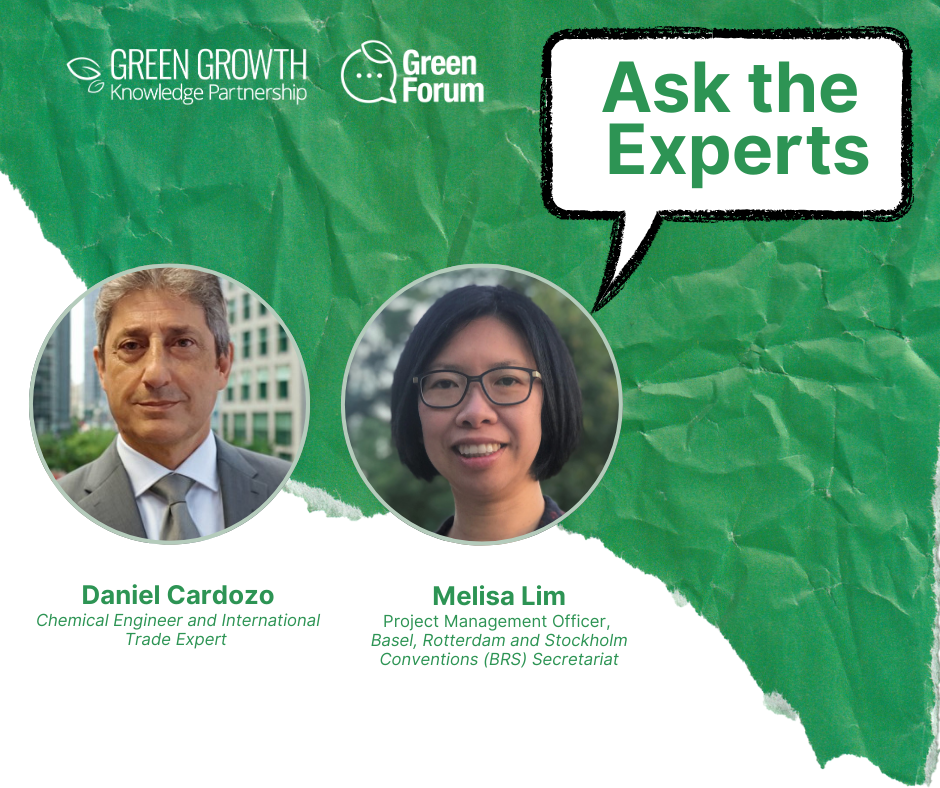Introductory Context
The global production of plastics was about 388 million tonnes (Mt) in 2015 and packaging accounts for 30% of the manufactured plastics. After decades of growth, virgin plastic use appears to have peaked for Global Commitment brands and retailers, and it is set to fall fast by 2025. With the biggest retailers within the FMCG sectors now setting absolute reduction targets, this trend is set to accelerate - and it has been estimated that there would be a reduction of 17% in the use of virgin plastics by 2025.
But which are the main strategies that these companies are implementing?
In the 2021 Global Commitment agreement between the UN and retail signatories, brands have proposed the following initiatives:
Progress on virgin plastic reduction has largely been driven by the growing use of recycled content in packaging; the recycled content is indeed growing, between 23% to 29% annually.
Rethinking or redesigning packages, so that the amount of plastic decreases through the substitution of materials or light-weighting.
Approximately 24% of them committed to change their business model in such a way that single-use plastics would be erased from their companies by using re-used materials.
Use of compostable packaging.
All these options are ambitious and cannot be applied to all the industries or products, given that the quality of the product needs to be ensured.
For instance, the use of compostable materials or the addition of recycled content in the packaging may have a negative impact on the barrier properties of the package and would ultimately increase the raw material costs. That risk could not be assumed by companies given that the demand could fall and their waste generation could increase. With respect to the latter, it is well-known that nowadays, one third of food is sent directly to the waste stream. Arguably, this process has a greater environmental impact that the plastic used to package the food. Therefore, the substitution to a material that offers lower barrier protection in the packaging may indeed cause a greater environmental impact, due to the fact that it will shorten the shelf life of the product(s), generating more waste.
In addition, beyond the decreased quality of the materials, the infrastructure, logistics, and supply chain should also be taken into account.
Nevertheless, to spark further discussion, the next subsections will put the spotlight on the core themes of the above-highlighted initiatives.
Spotlight on the Initiatives
Recycled Plastics
In the following figure (made by the Ellen McArthur Foundation), the current rates of what happens to plastics at the end of their life are shown. The global estimation is that only 9% of plastics are being recycled and being put back into the market.
In the following map, the plastic recycling rates of the EU are shown. However, external organizations such as Green Peace or WWF are claiming that the rates shown are overrated by 20 to 30%. One of the reasons why is because the data is based on what re-processors report when claiming recovery rates. However, there is a financial incentive for companies to over-claim on recycling rates, and in that regard, fraud and errors can lead to these discrepancy in the numbers.
So, in summary, recyclers do not necessarily have enough plastics to neither be price-competitive nor to ensure the supply - and the current plastic taxes put in place in different countries will only make this scenario worse.
Composting Materials
When it comes to bio-based, biodegradable, and compostable plastics, a number of factors have to be taken into consideration.
First of all, in terms of sustainability, the eutrophication, water stress, and deforestation indicators due to the land usage and fertilizers need to be studied in order to assess the package’s environmental impact(s).
Secondly, greenwashing is a prevalent theme happening where producers claim to have ‘biodegradable’ packaging when they are only bio-based or worse, when a compostable material is mixed with a fossil-fuel-based plastic.
Thirdly, it is highly important to know what is the status of the facilities and infrastructure in the corresponding country. Most of the compostable plastics need a treatment called industrial composting. If these plastics are thrown into the regular containers bin and subsequently made their way to the current composting facilities, these facilities will not able to distinguish between fossil-fuel or compostable plastic. Therefore, they will continue in the plastics stream and would not degrade as they are supposed to. Consequently, it is highly important to address the infrastructural aspects before promoting composting options, simply because, why should we use compostable plastics if they would not be composted at the end of their lives?
Reducing Plastics
As for other options, like light-weighting could again increase the environmental impact. As producers want to reduce the plastic content in their products while maintaining their barrier properties, they may opt to use multilayer options. However, these materials would never be able to be recycled – and as a result, this would decrease overall plastic recycling rates.
Interestingly, these kinds of materials are one of reasons why, that from the materials we currently ‘recycle’, only 9% ends up being recycled at the end.
Proposal & Strategies Going Forward
Taking all of the above into consideration, some proposals to ensure a more sustainable transition in the packaging plastics field are:
Moving towards a reusable model: Plastics can be used up to 2,000 times. Therefore, why use them only once?. Of course such a model should not cause a major inconvenience to the end-user – and in that regard, moving towards the standardisation of packages could mitigate this. For example, France has put in place a new law, through which one third of its supermarkets’ floor areas should be used for re-filling stations from 2025.
Improve the recyclability: In order to improve the recyclability of packaging, the best policy could be applying the plastic tax to only those products made up of multiple material combinations. Given that there is a greenwashing issue in this area as well, having an entity to assess and regulate whether the package is actually recyclable and depending on its status, coordinate the application or waiving of the plastic tax could be an institutional way forward. In that regard, such products would include the tetra pack or thin films used in the food or pharmaceutical industry which are made up of up to five different materials.

External links:
https://www.oecd-ilibrary.org/sites/f5670a8d-en/index.html?itemId=/cont…
https://worldpopulationreview.com/country-rankings/recycling-rates-by-c…
https://ec.europa.eu/eurostat/databrowser/view/CEI_WM020__custom_354860…
https://ec.europa.eu/eurostat/web/products-eurostat-news/-/ddn-20211027…
https://www.greenpeace.org/usa/news/new-greenpeace-report-plastic-recyc…
https://www.weforum.org/agenda/2022/06/recycling-global-statistics-fact…


